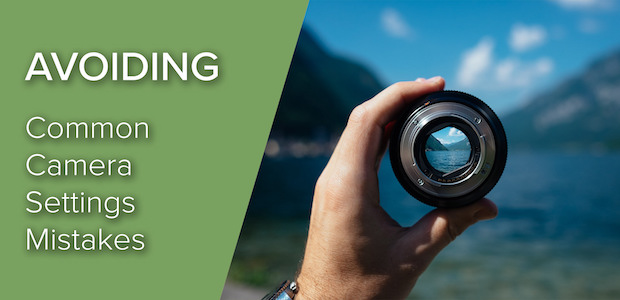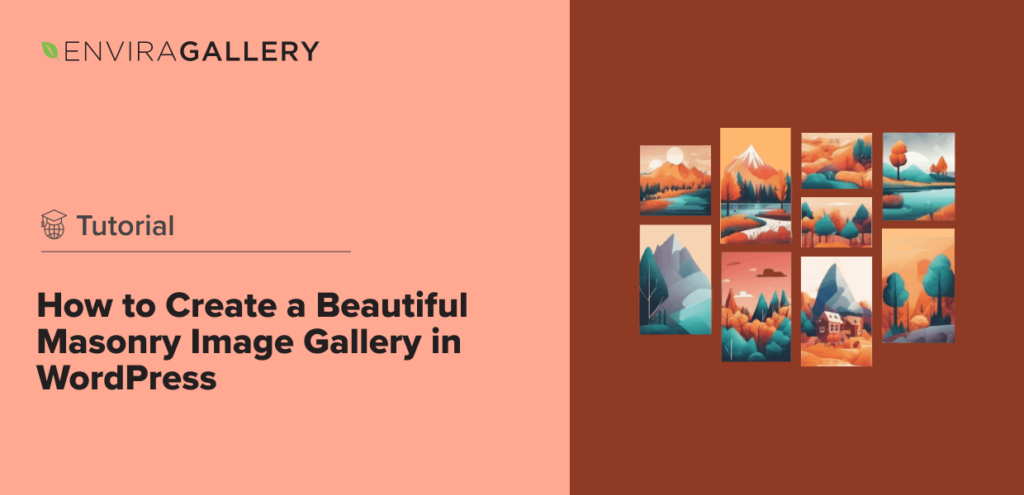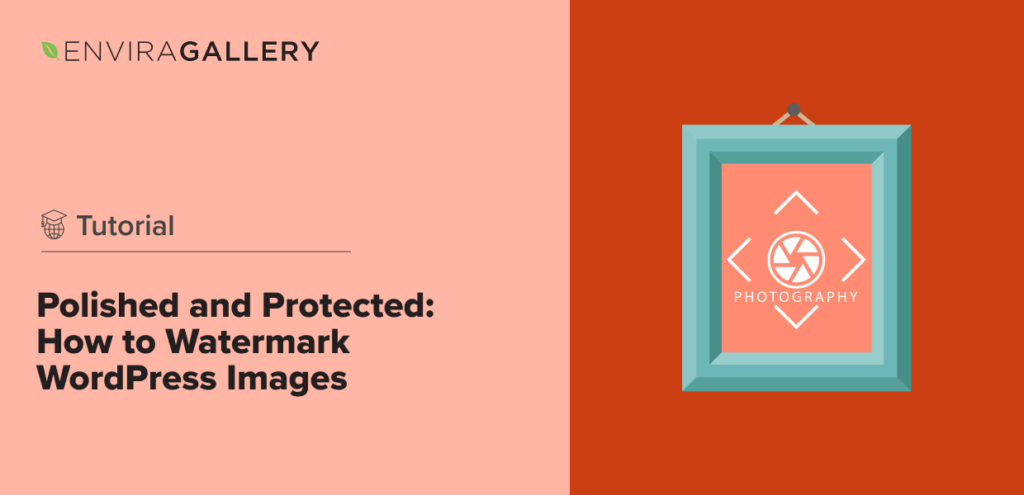Whether you invested in your SLR camera a while ago or whether photography is a hobby that you’ve only recently become keen to pick up, the fact is most novice photographers fail to use their camera to its full potential. While having a natural eye for a good photo is great, the best photographers are those that have taken the time to get intimately acquainted with their cameras and are truly comfortable and confident when it comes to playing with the camera’s settings. However, the requisite knowledge and capacity to use a camera with confidence doesn’t happen overnight. In fact, it can take years of practice.
In this article, we’ll discuss some of the most common mistakes amateur photographers make when it comes to using their camera settings correctly. We’ll also strive to address the solutions to these issues so you can work on using the settings more effectively to get the most out of your camera every time. So here goes.
Table of contents
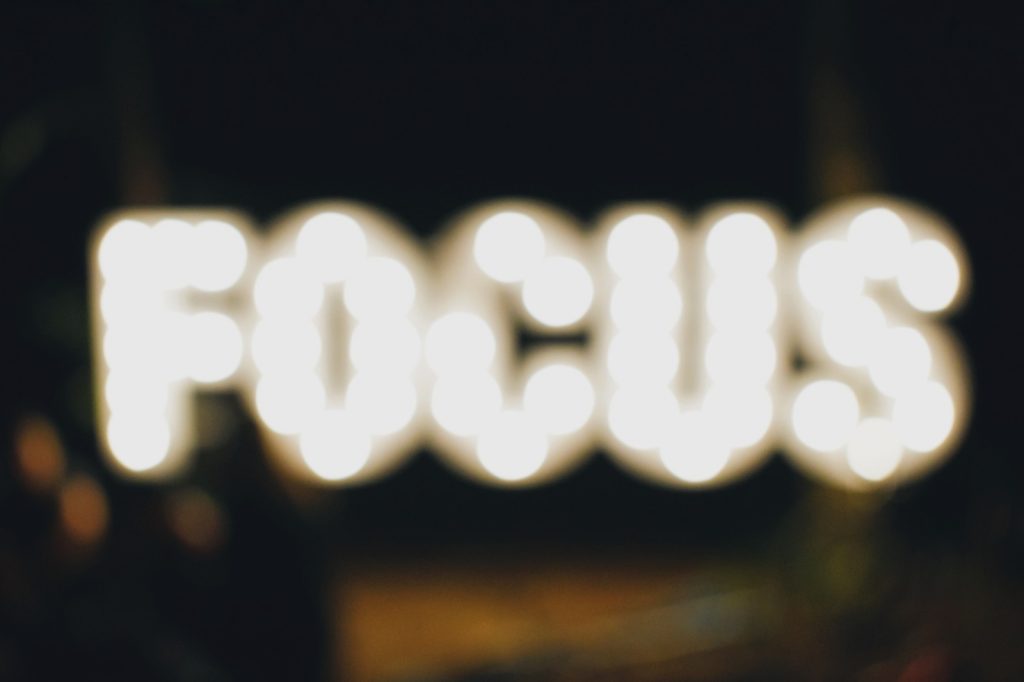
Ensuring Images Are In-Focus
One of the most common mistakes novice photographers make is not focusing properly. The worst thing about out-of-focus images is that they can’t be fixed at the photo editing stage. Ensuring that the main subject of your photo is sharp when snapping away should be a key priority for any photographer.
As a beginner, the best way to ensure your images are in focus would be by using the auto-focus function on your camera. This setting allows the photographer to pinpoint precisely where they want their focus to be before pressing down the shutter button. When you are getting started, it is best to use a single-point focus instead of a multi-point focus, as this allows you to choose a single element of the composition that you want to stand out. Having a sharp focus is particularly important when using very wide aperture settings where the depth of field is shallow.
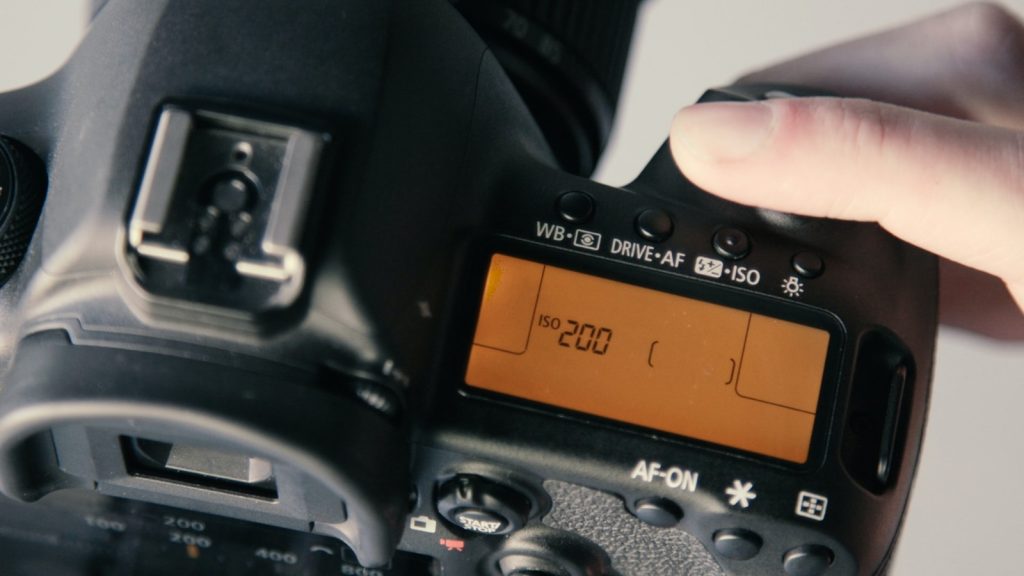
Understand ISO
When reading up on ISO, you’ll be taught that you should go as low as possible on the ISO when using a digital camera. This stems from the fact that the earliest digital cameras created awful noise on the photos when used at higher ISOs. However, ISO has come a long way, and stick to low ISO levels is just taking the easy way out rather than allowing yourself to truly understand your camera’s capabilities.
Thanks to advancements in technology, however, this is no longer the case. Modern digital cameras can be used to shoot top-quality photographs at ISO 800, 1600, and 3200. High-end camera models can even shoot well on ISO 6400. So these days, you’ll probably find you can happily use the higher ISO settings without having to deal with so much unnecessary noise in your photos, so take advantage of this.
While it is still wise to keep the ISO low when using your camera on a tripod, you’ll want to raise your ISO when shooting handheld. Unless your aperture is very large, you should generally keep your ISO at 400 in sunlight, 800-1000 in the shade, and move to higher ISOs of 3200 snd 6400 when shooting in the dark or at dusk. Higher ISOs allow you to use faster shutter speeds, which can be useful when trying to offset any camera shake and make your shots that much sharper.
So, unless you happen to be shooting in manual mode, it is a good idea to take your camera off auto-ISO. When the camera needs to choose between two of the three priorities, namely shutter speed, aperture, and ISO, it results in issues. Ideally, the camera should only have control over one of the three elements if you are looking for optimal results.
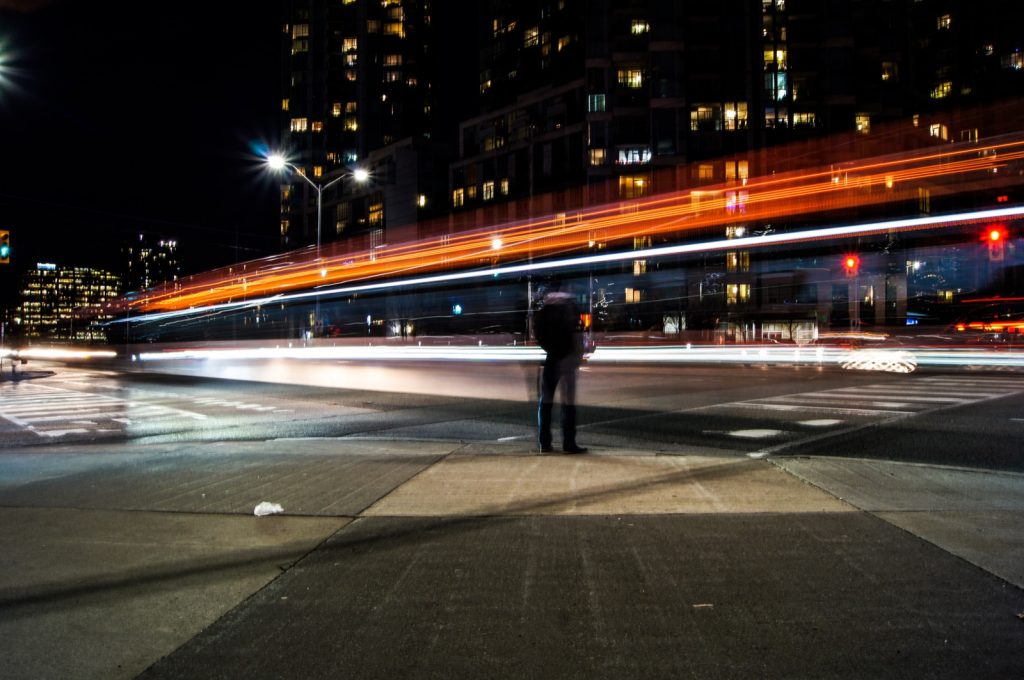
Getting To Grips With Shutter Speed
Shutter speed can be defined as the length of time the camera shutter is open and exposing light onto the camera sensor. In other words, this is related to how long your camera spends taking the photo. Shutter speed settings have an important effect on the appearance and quality of your images.
Many beginners make a mistake when they don’t fully understand how shutter speed works is having a shutter speed that is too slow. What happens here is that the camera allows in too much light, which leads to a blurry photograph. At the end of the day, the longer the shutter stays open, the more motion-captured, including even the slightest of movement on the part of the photographer, which can lead to a blurry image.
Any photographer aiming to achieve a sharp image while hand holding the camera should ensure their shutter speed at least matches or exceeds the lens’s focal length. This is because camera shake tends to be exacerbated with longer lenses. For instance, if using a 200mm lens, the shutter should be 1/200 of seconds of more, whereas if one happened to be using a 50mm lens, then a shutter speed of around 1/50 of a second would be fine. It is also worth factoring in whether you are photographing a moving subject of not. If you wish to capture movement, then naturally, you’d want a slower shutter speed.
To get some practice using the shutter speed function on a camera, it’s a good idea to play with the shutter speed priority setting. This allows the photographer to decide on the shutter, letting the camera determine what shutter speed would be most appropriate for a particular shot. At the same time, you focus on controlling the ISO and aperture.
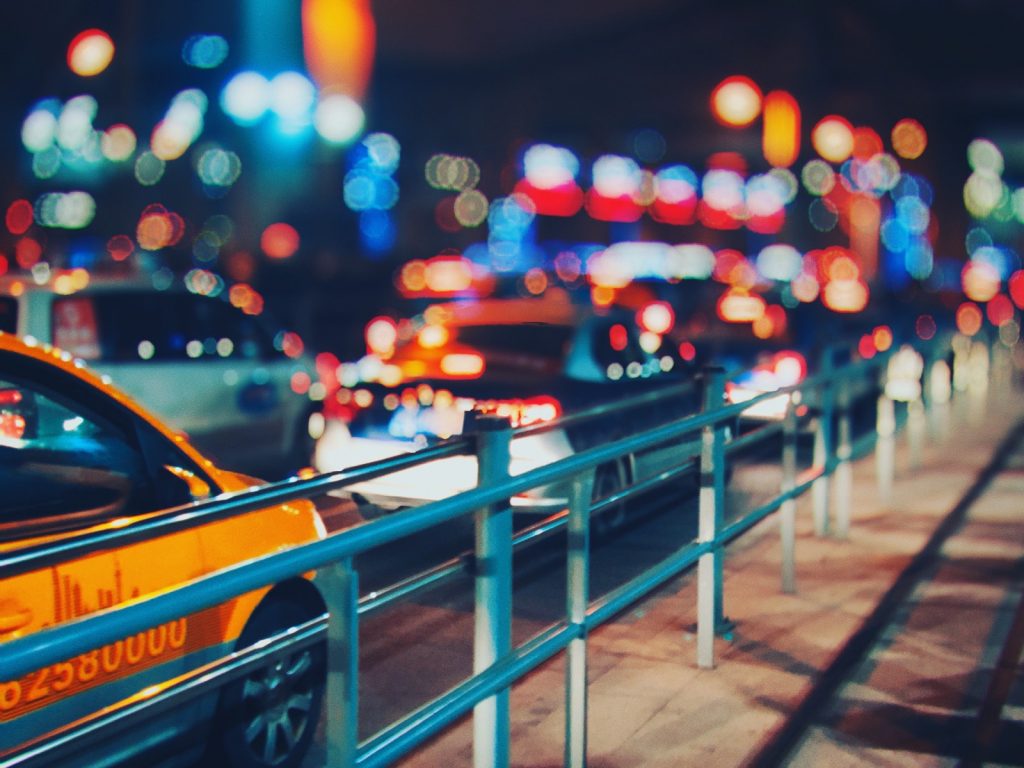
Using Aperture Settings Effectively
Having discussed the mistakes novice photographers commonly make when it comes to ISO and shutter speeds, the third pillar of photography worth touching on here is aperture. Aperture is often best understood by thinking about how our eyes work. As we move through different dark and bright environments, the iris expands or contracts and controls the size of the pupil. In photography, the pupil of a lens is called the aperture. Aperture can be shrunk or enlargened to the size of the aperture to allow different amounts of light to reach the camera’s sensor.
In terms of your photos, aperture adds dimension to the image by controlling the depth of field. On the one hand, the aperture can be used to create blurred background for a shallow focus effect, and at the other end of the spectrum, it can be used to create sharp images from the nearby foreground to the distant background. Beyond that, the aperture setting can also be used to control the exposure of your images thereby making them either darker or brighter.
Mastering the concept of aperture in practice takes some time for novice photographers. One common mistake many amateur photographers make when it comes to aperture settings is making it too wide. If you are trying to achieve a soft background, then the key is to ensure the subject is fully in focus. It is also essential to be particularly careful when using fast f/1.8 lenses because you need to make sure that everything you want to focus on is indeed in focus.
Another issue arises when the photographer aims to shoot an action-type shot using a wide aperture. Since wide apertures allow in a lot of light, it’s often assumed that the widest aperture setting is best for shooting action as it will enable you to keep the shutter speed high. The problem here is that even though there is nothing wrong with shooting motion with a wide aperture, you will likely struggle to get a moving subject in focus. So at the end of the day, there is simply way more room for error when using a wide aperture. A good idea in such situations would be to start by using a slightly higher aperture until you’ve worked on it you’re able to focus quickly and accurately on a subject.
When it comes to getting to grips with aperture, novice photographers should start by utilizing aperture priority mode. Aperture priority allows the photographer to manually set your aperture while allowing the camera to decide on the appropriate shutter speed. Controlling aperture via the aperture priority mode will give you full control over one of the most camera settings. Some would go as far as to say if you are able to master the concept of aperture the rest of the elements will follow. The other advantage of using aperture mode is that it occupies a great middle-ground between automatic mode, whereby the camera controls everything, and manual mode, which allows the photographer to control everything but can often be a bit overwhelming for a novice.
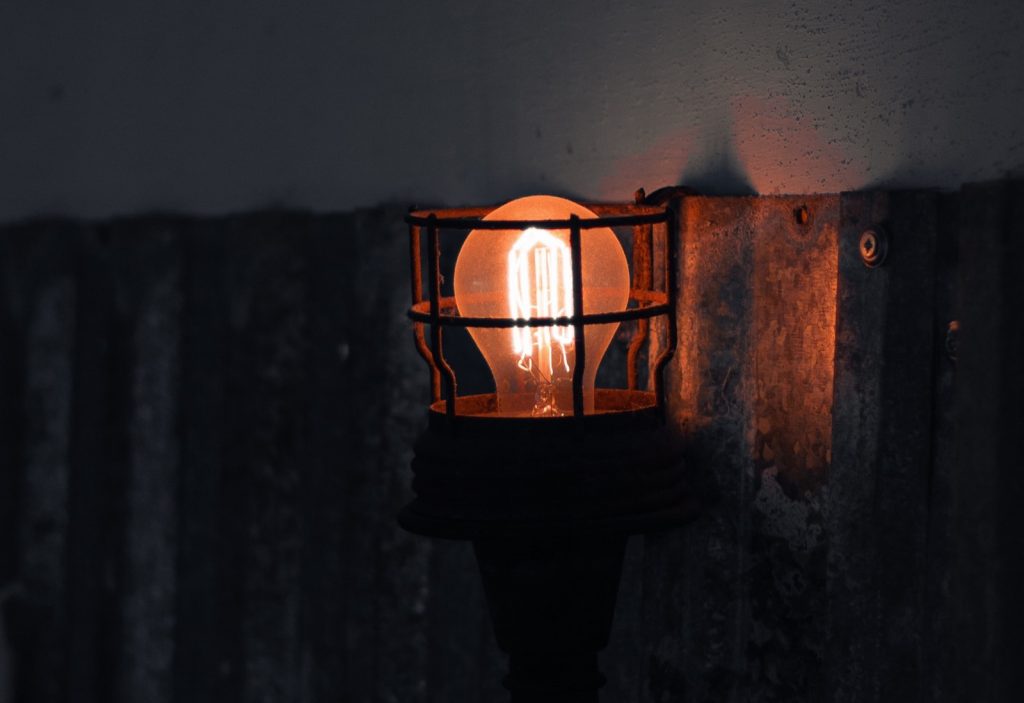
Finding The Right White Balance
Another setting that can often cause issues for newbie photographers a lot of grief is white balance. White balance is a digital camera setting that alters the color balance of light when you are shooting so that the image appears to be taken in a neutral white light. For instance, it can counteract the orange hue of artificial light sources or the cold light of the blue sky. Essentially, the purpose of the white balance camera function is to ensure that the shot looks natural.
Using bad white balance or getting the setting wrong means that an image can look very unnatural in coloration. The easiest fix for this issue would be to use the auto white balance setting on the camera. All digital cameras have an automatic white balance option that basically analyses the colors in a particular scene and neutralizes unnatural tones. Unlike most of the other auto-settings, which can be a little bit off, the auto-white balance is generally correct in most instances.
Many photographers have white balance settings on manual mode because it is an easy feature to forget to alter. Furthermore, even when you do, the setting you choose might not always be the best, especially when the light changes. This is often why opting to use the auto white balance setting can be a straightforward way of overcoming this common mistake in photography.
However, the saving grace when it comes to white balance issues is that photographers who shoot in RAW format can quickly sort out any issues in post-production. Although, if you want to get a good image the first time around to save time, then it is good to get your head around the concept of white balance easily and make the necessary adjustments on the camera itself rather than waiting for post-production.
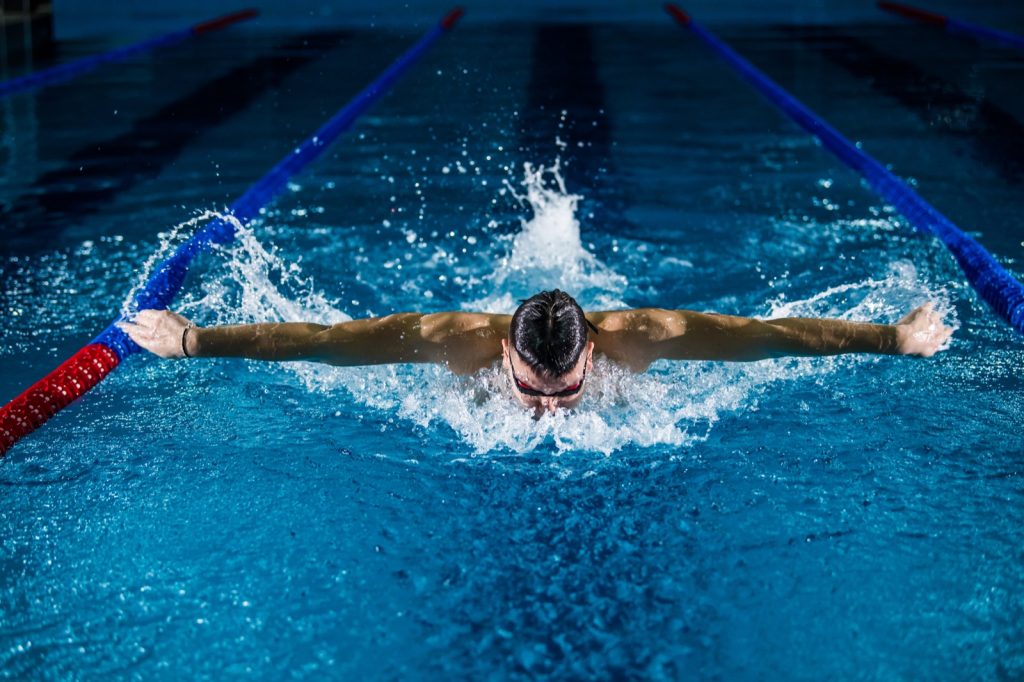
Using Image Stabilization Correctly
The image stabilizer found in the lens or camera is a great feature when it comes to reducing camera shake, and it really helps improve image quality. That’s if it is used properly. When used correctly, you’ll find that image stabilization counteracts even the slightest movements of the camera to such an extent that it reduces blurring, making it easier for the photographer to take sharp photographs even in lower light conditions.
Naturally, this sounds like a great feature and, surely, one that most people would struggle to get wrong. However, you’d be surprised. The place where many novice photographers come unstuck is when using image stabilization is when using a tripod. In such instances, this camera setting can actually turn out to be more of a hindrance than anything.
A digital camera set up correctly on a tripod should be stable enough on its own; in these types of situations, with image stabilization left on, the camera often compensates for the most minute of vibration, which wouldn’t usually make a difference. This actually results in increasing blue rather than reducing it. Therefore, it is vital to consult your cameras user manual to find out where to switch off the image stabilization setting when you are using your tripod. This will ensure those time-lapse photos and the like are much sharper images.
Conclusion
In short, starting out with a digital SLR camera can be quite a daunting task. There really is a lot to learn. Therefore, it is important to spend as much time learning about photography and don’t be afraid to dive deep into your research. Hopefully, by avoiding the most common mistakes made by beginner photographers, you can build up your abilities and confidence in taking impressive snaps.
Shantalie Hewavisenti is a Cape Town-based writer and content creator. Her areas of interest include travel, technology, and various lifestyle topics.





